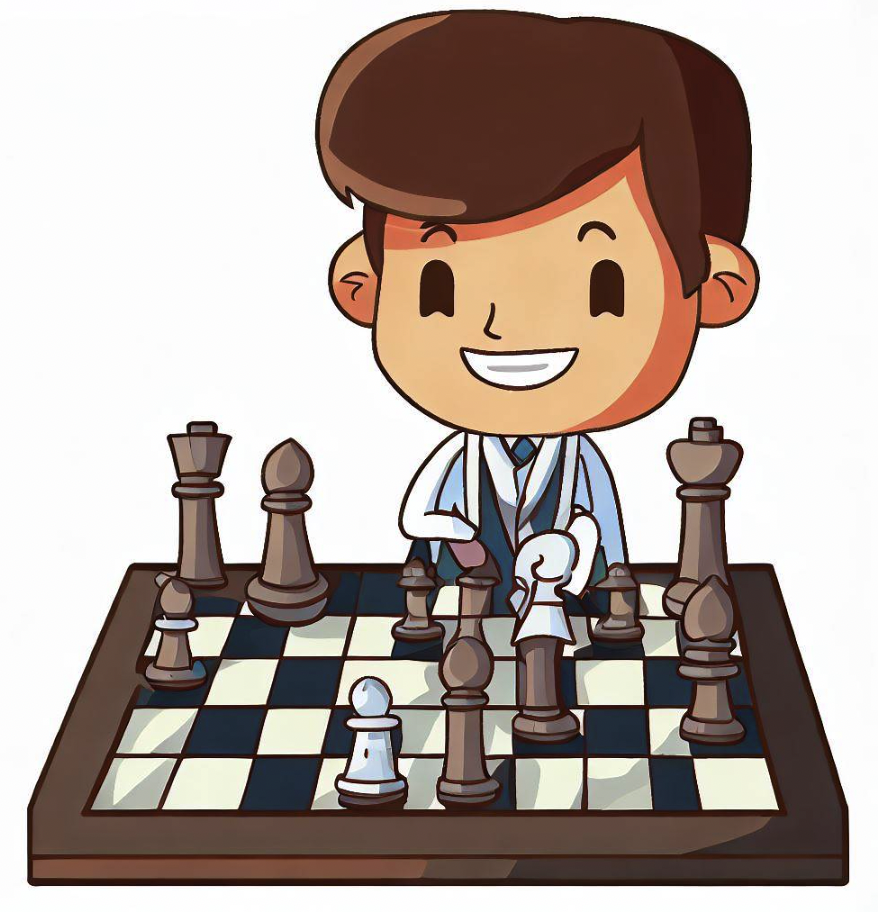In 1980, the chess world saw a radical new variant with the introduction of Cubic Chess by M. Schmittberger.
A game that took the age-old strategy of chess and presented it on a three-dimensional 8x8x3 board, Cubic Chess revolutionized the way we perceive and play the game.
The Concept of Cubic Chess
M. Schmittberger’s vision of Cubic Chess involved the conventional 8×8 chessboard expanded into the third dimension, forming an 8x8x3 cubic grid.
This innovative design was not just an aesthetic tweak but a significant modification to the gameplay dynamics, involving strategic maneuvers in a 3D space.
The Unique Chessboard
The Cubic Chess board comprises three stacked 8×8 layers, similar to three conventional chess boards positioned one above the other.
These layers not only expand the playing field but also introduce an entirely new dimension to the game.
Cubic Chess Rules
Playing on the Middle Layer
Despite the three-dimensional field, Cubic Chess is primarily played on the middle layer of the board.
This maintains the traditional chess feel while still offering the extra layer of complexity introduced by the added dimensions.
Piece Movements
With the introduction of a third dimension, the movements of the pieces also evolved.
The pieces can move across the three layers, up and down the board, making the gameplay significantly more strategic and complicated.
Impact on Strategy
The strategy in Cubic Chess takes a massive shift from traditional chess.
Players need to consider the verticality of the board and plan their moves in three dimensions, which adds a depth of complexity unseen in the two-dimensional chess world.
Reception and Popularity
Despite its complexity, Cubic Chess was well-received by chess enthusiasts who appreciated the innovative thinking and the added layer of strategy.
It introduced a new challenge to those already familiar with the game, offering a fresh perspective on the centuries-old game.
Conclusion
Cubic Chess by M. Schmittberger has added a revolutionary twist to the timeless game of chess.
While preserving the essence of the original game, it introduces a third dimension that provides a thrilling strategic depth, taking the game to uncharted territories.
It remains a testament to the enduring appeal of chess and the potential for innovation within its bounds.


